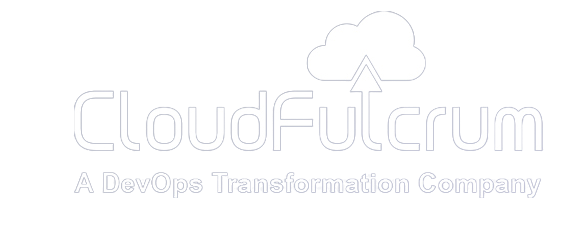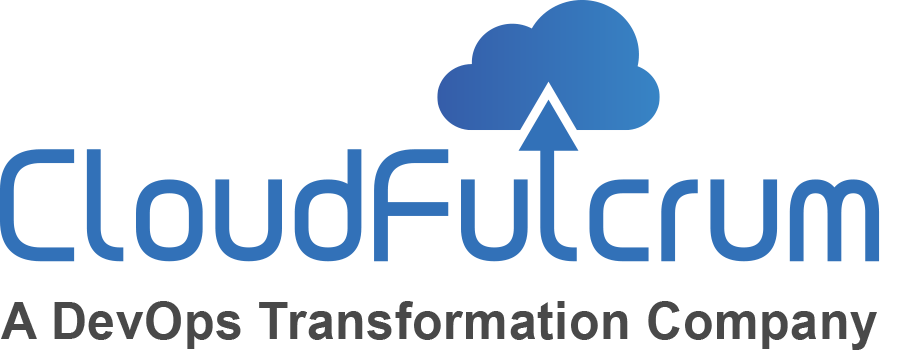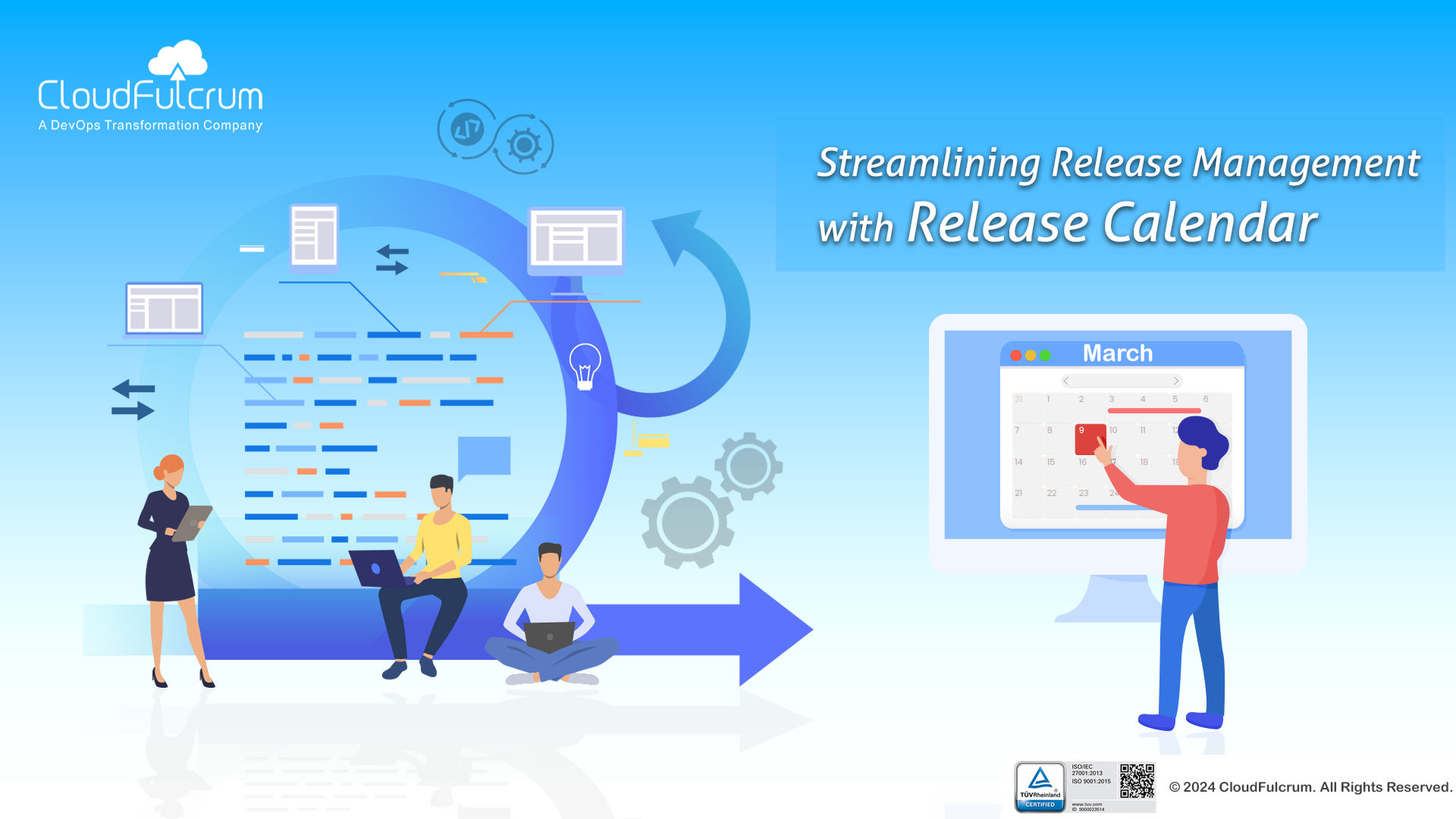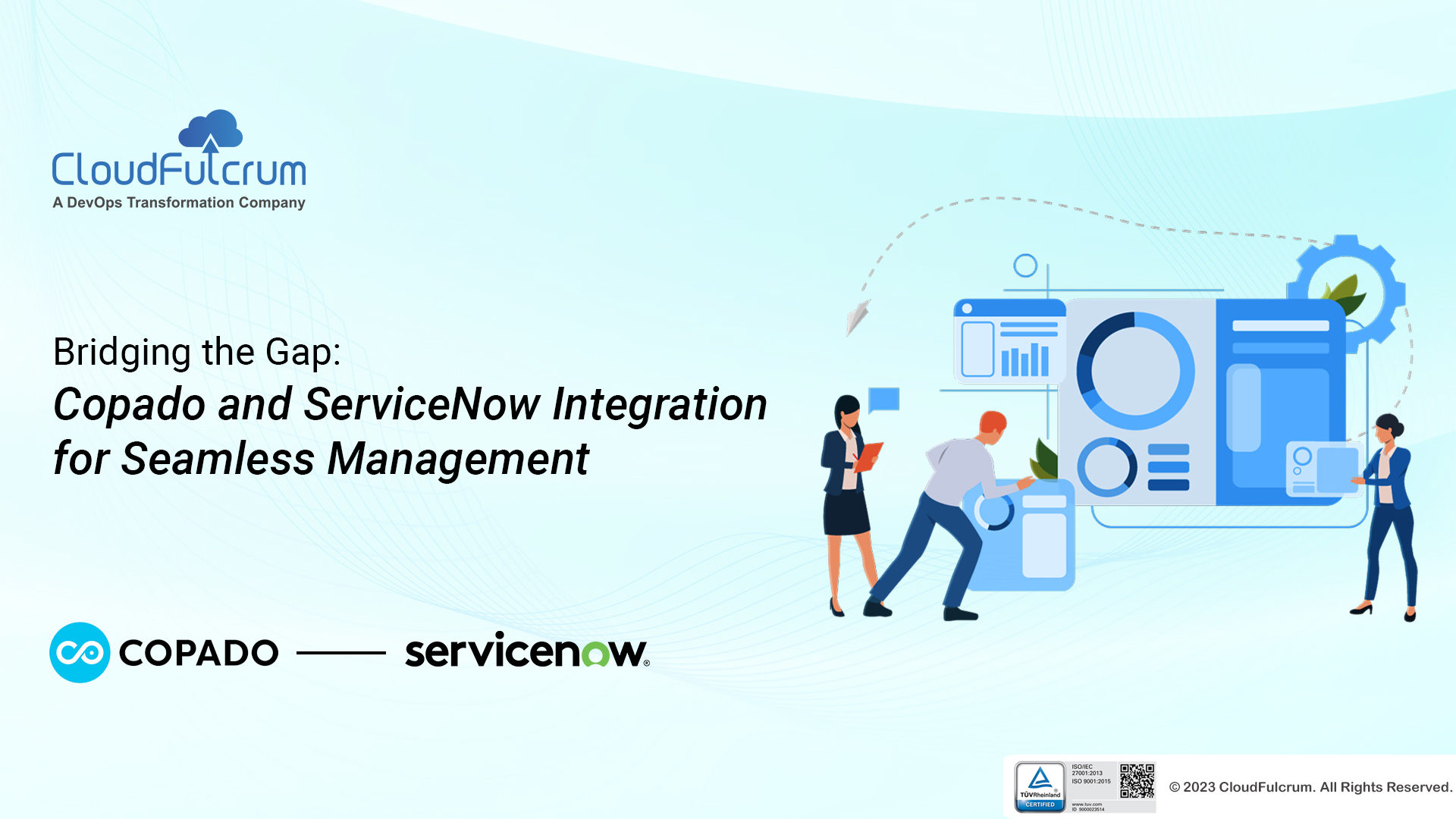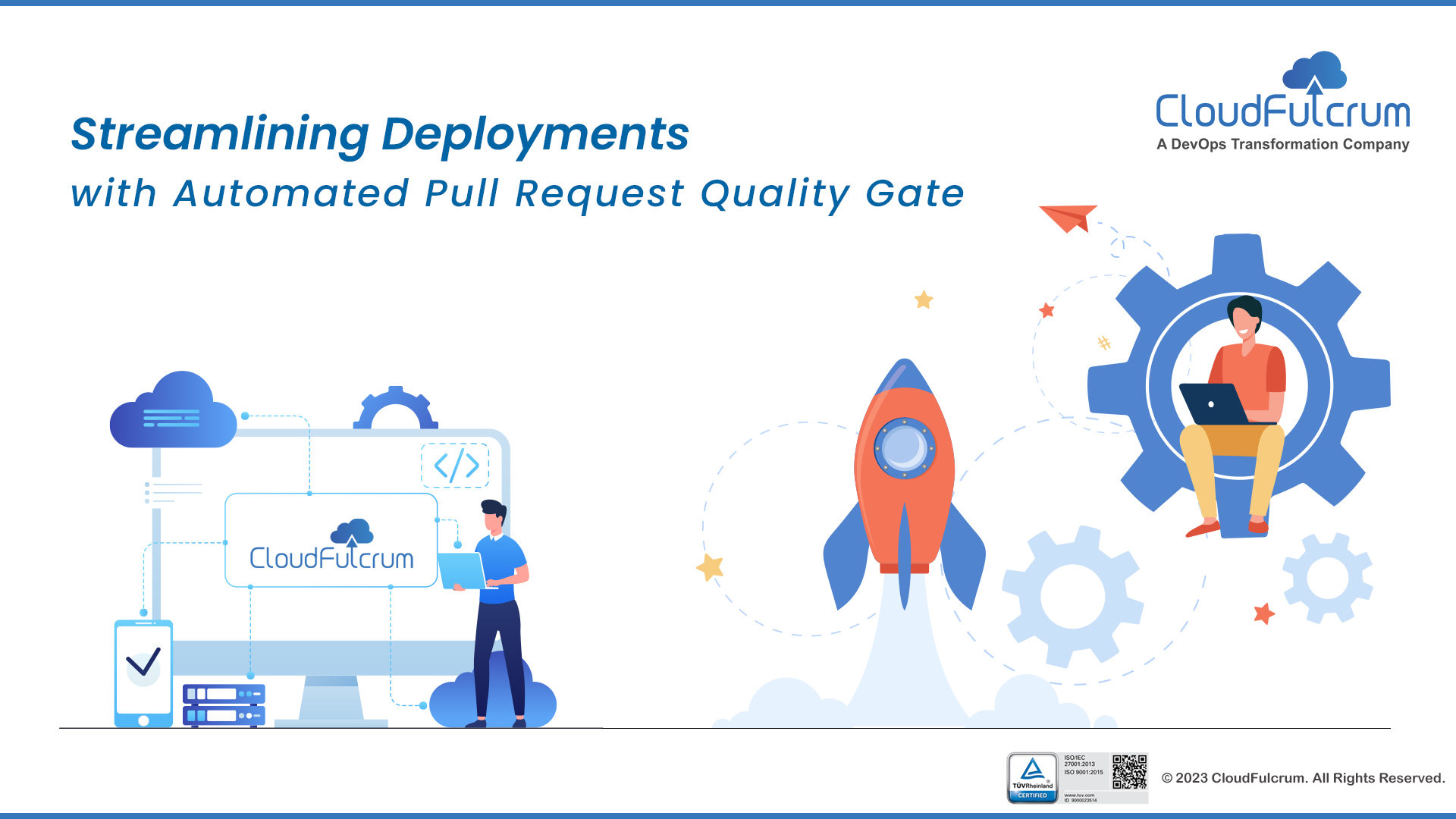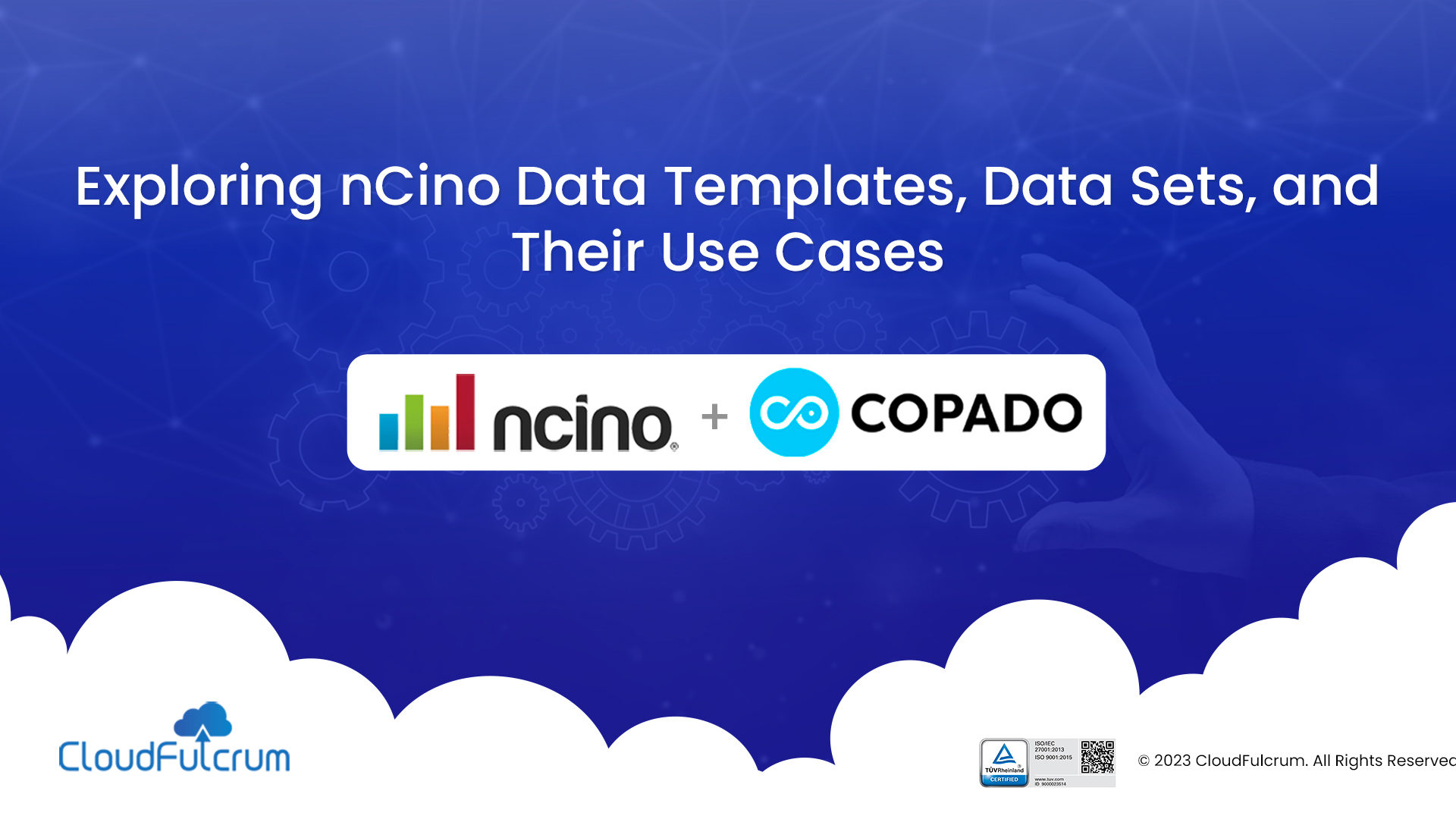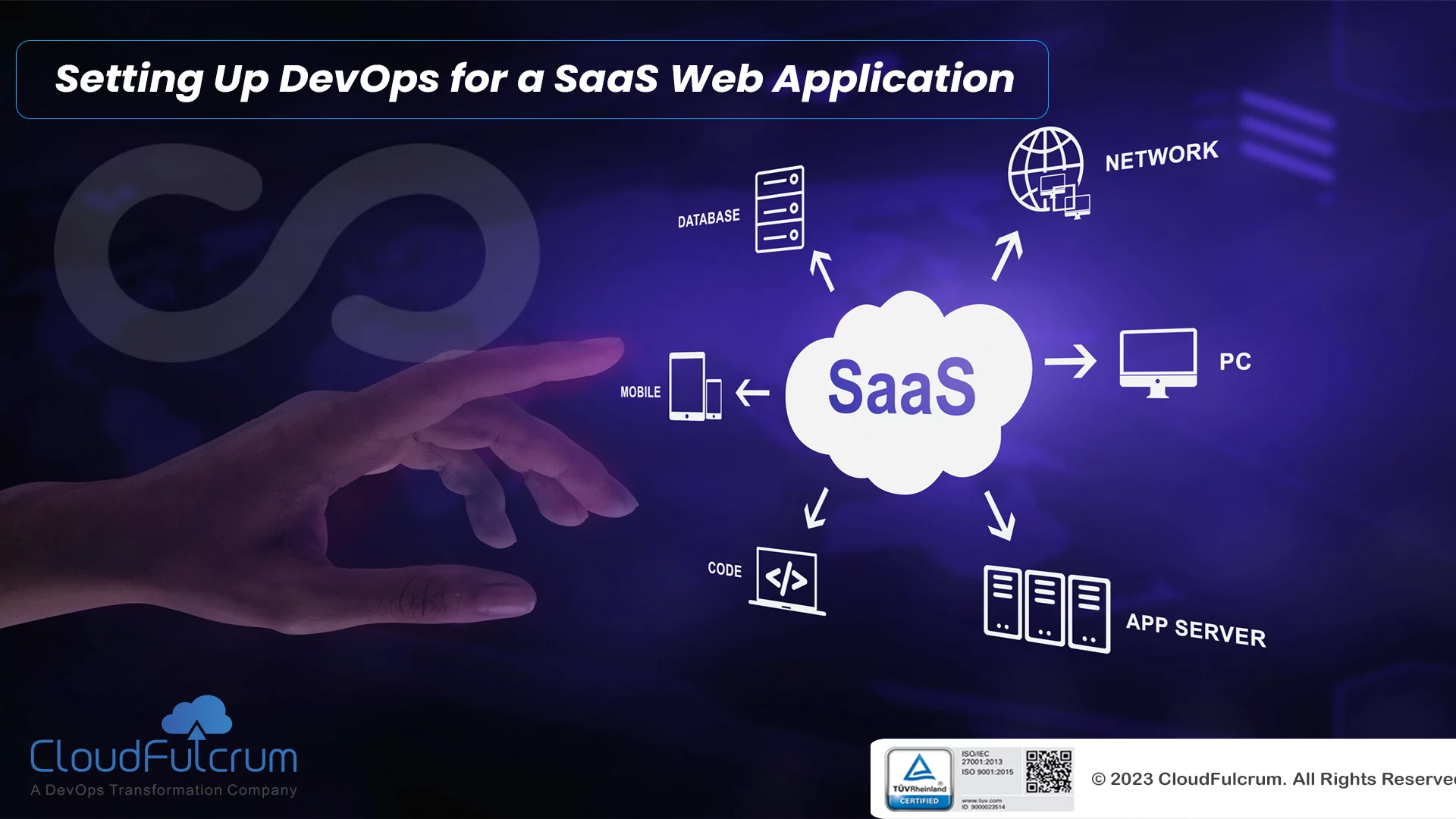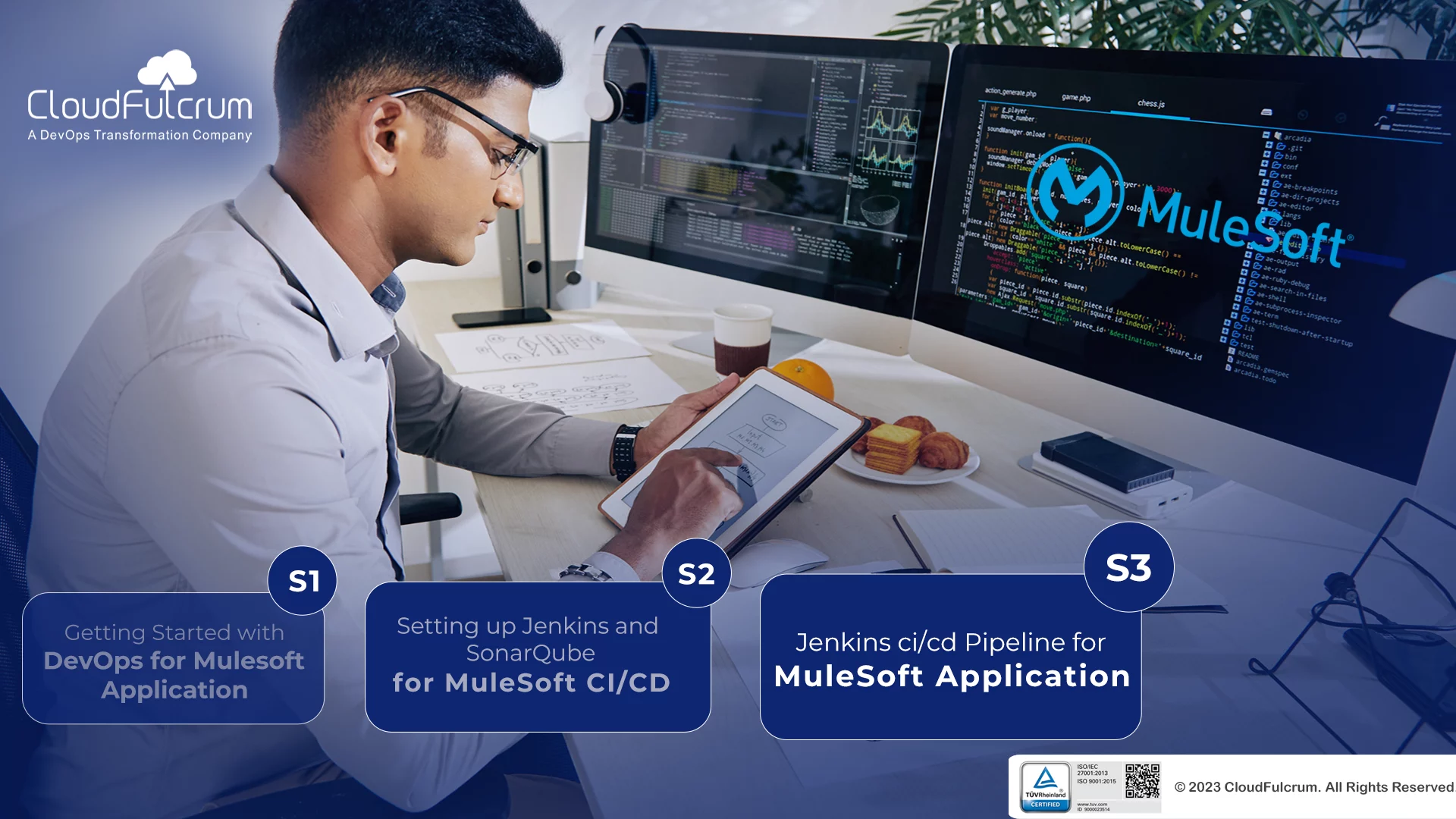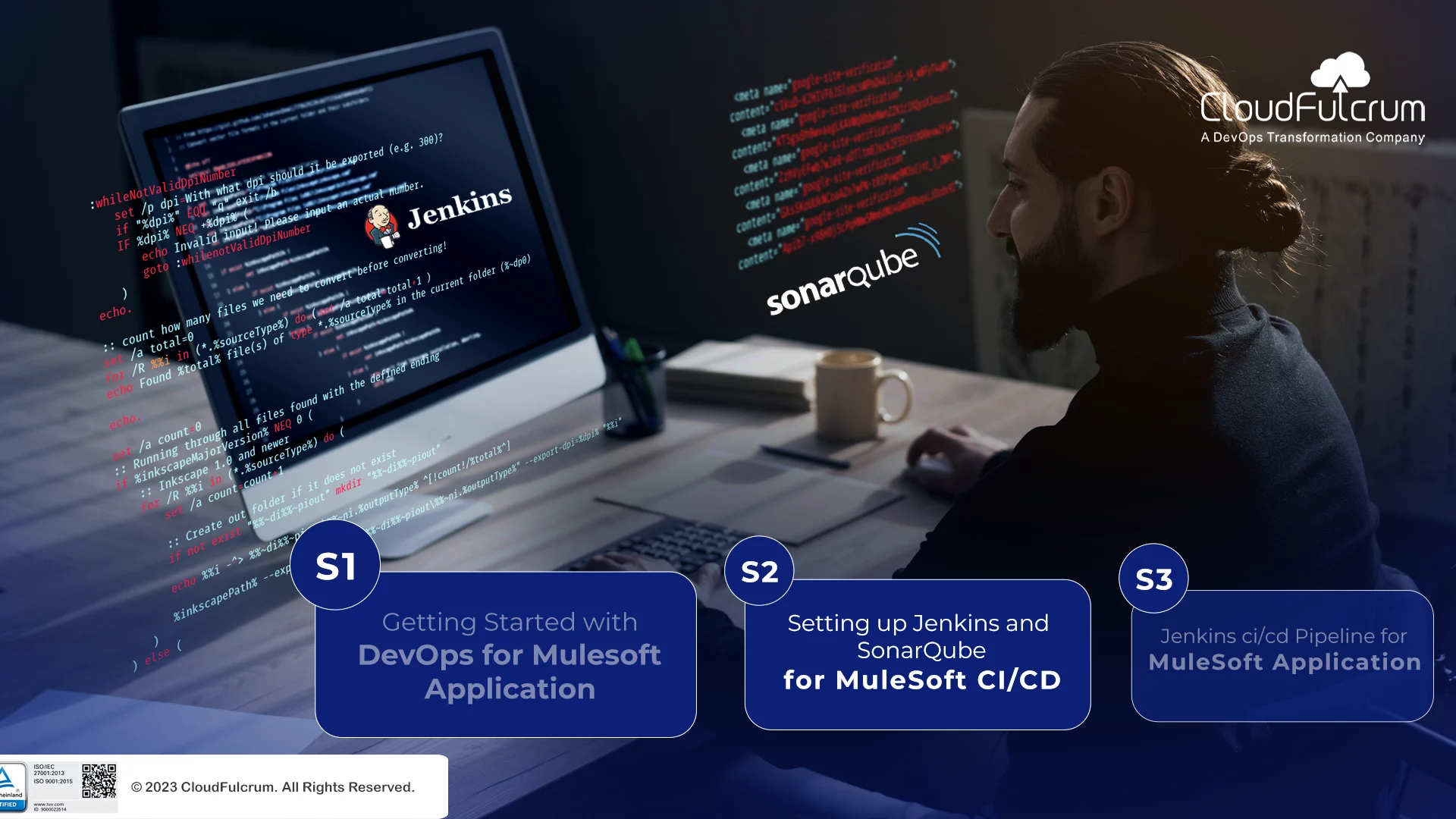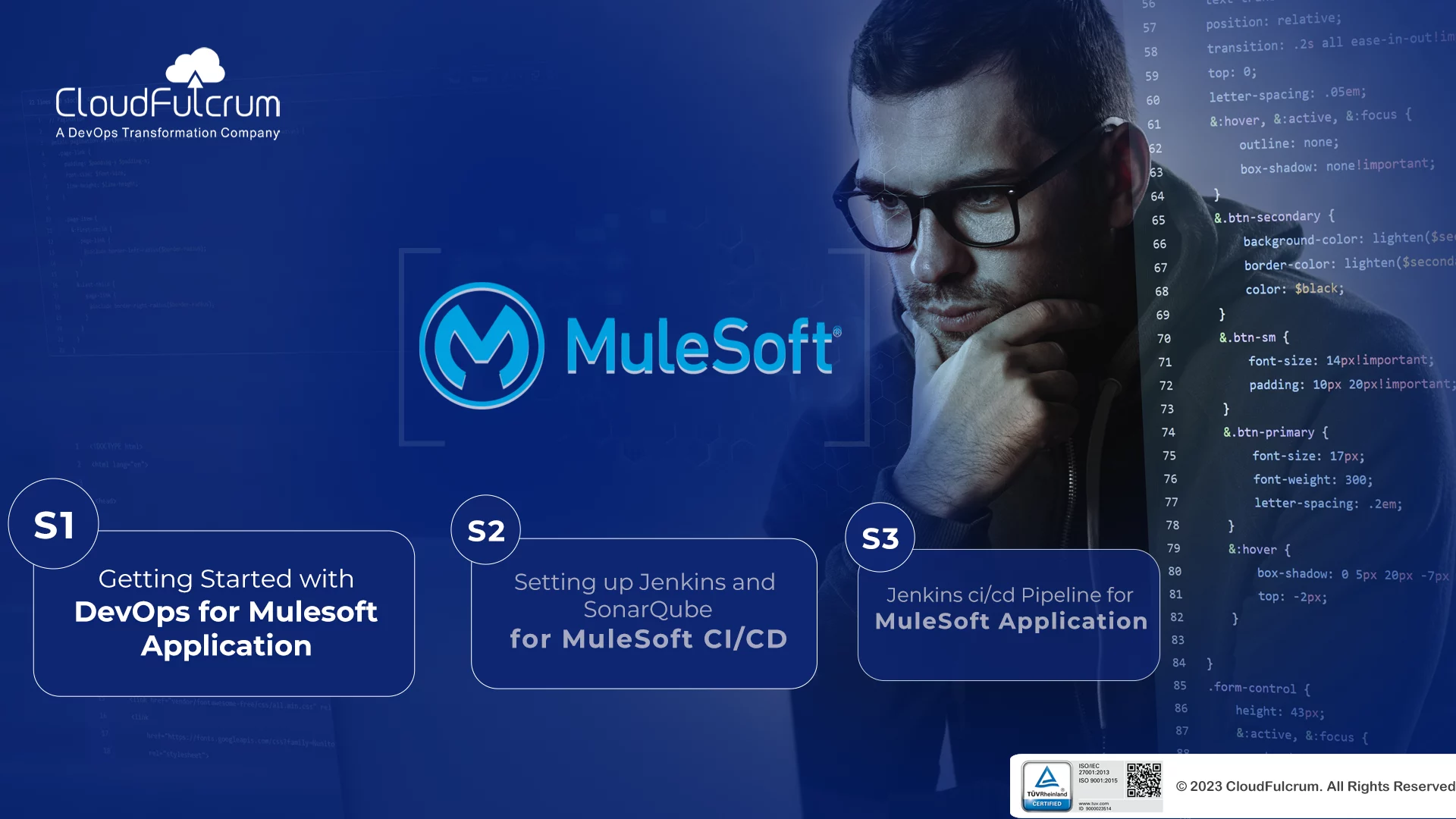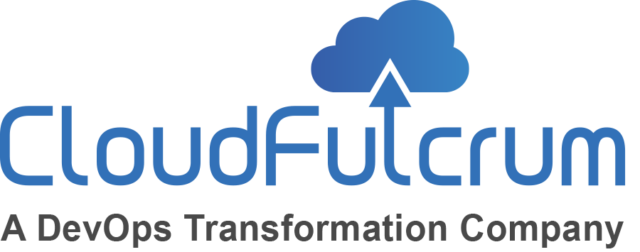Introduction In the realm of software deployment, effective release management is crucial for ensuring smooth operations and timely delivery of updates. One key aspect of this process is the use of a release calendar, which helps teams organize and track various milestones associated with each release. Let’s delve into how release calendars work and their...
Introduction Copado is a DevOps platform that automates the deployment of changes to production environments. ServiceNow is a cloud-based platform that provides a variety of IT services, including change management. Currently, there is no direct integration between Copado and ServiceNow. This means that changes deployed by Copado cannot be automatically synchronized with ServiceNow’s change request...
In the ever-evolving landscape of software development, efficiency and accuracy are paramount. Manual tasks, while sometimes necessary, can hinder progress and introduce the risk of human error. In this blog post, you’ll learn how to automate a crucial step in the user story deployment process, saving time and ensuring consistency. The Challenge: Manual Pull Request...
Welcome to the second part of our guide on nCino data templates and data sets. In this blog, we’ll delve into creating and deploying nCino data templates and explore the concept of data sets and their use cases. In the first part, we covered essential information about nCino data templates, their advantages, and the steps...
Introduction: In today’s cloud-centric world, ensuring the security and scalability of your infrastructure is paramount. This comprehensive guide outlines the essential steps to set up SSL certificates for secure communication, implement autoscaling for efficient resource management, and utilize load balancing for optimal performance. Additionally, it covers the automation process through Jenkins pipelines for seamless infrastructure...
Introduction: In the ever-evolving landscape of software development, DevOps has emerged as a pivotal practice. It bridges the gap between development and operations, enabling teams to deliver high-quality software with agility. In this blog series, we’ll embark on a journey to set up a DevOps environment on Google Cloud Platform (GCP). For the next blog...
In the final blog of this series, we will guide you through the process of setting up Jenkins, a widely used automation server, In this installment, we will delve into the practical steps of configuring each stage of the pipeline and creating a Jenkins pipeline script that seamlessly orchestrates these stages. So, let’s get started!...
In the second part of our series (read the third part here), we delve deeper into the critical aspects of the development lifecycle that are essential for building robust MuleSoft applications. This blog will guide you through the process of effective version control using Git, setting up Jenkins for continuous integration and continuous deployment (CI/CD),...
Introduction MuleSoft is a robust integration platform that allows seamless connection between applications, data, and devices. In this first part of our blog series (read the second part here), we will guide you through the initial steps of building a MuleSoft application using Anypoint Studio and testing it locally. Let’s dive in! Step 1: Create...
